1. Introduction
2. Present states
3. Features
4. Foreign theme park
5. Korean theme park
6. Problems
7. Solution
8. Reference
Accommodation, hotels and other tourist facilities, provide services so that tourists can stay overnight during their travels. Other facilities necessary for tourism development include tour and travel operations, restaurants, retail 638 outlets, souvenir shops, financial facilities and services, tourist information offices, public safety facilities and services of police and fire protection.
A theme park and its environment need to be planned in such a way that the entire array of physical features and services is provided for an assumed capacity of visitors. It is important in planning the services businesses to realize that they gain from clustering. Food services, lodging, and supplementary services must be grouped together and within reasonable time and distance reach for the visitor.
7)The institutional environment
The institutional elements need to be considered in planning the theme park environment. From national to local governing levels, statutory requirements may stimulate or hinder tourism development. For example, policies on infrastructure may favor one area over another. Also, the administrative laws and regulations can influence the amount and quality of tourism development in a particular area. Policies of the many departments and bureaus can greatly influence how human, physical and cultural resources are applied.
8)The development of theme parks
The theme park market worldwide has grown dramatically during the last decades.
For example, in the USA (where most of the theme park trends originated), theme parks have more than 200 million paid attendees each year.
This strong consumer demand has resulted in the development of many parks. These parks are not only growing rapidly in size and importance, but also are investing substantial amounts in new entertainment and facilities, and extending their services into relatively unexplored areas such as catering and accommodation..
Also, Asia is the theme park market for the new millennium. Even more, several Asian cities, like Bangkok, Singapore and Kuala Lumpur, want to become ‘tourism hubs’, and theme parks are central to these plans.
Although in the Asian countries a shift from hopping centers to theme parks can be seen, the opposite can be observed as well indicating a growing role of retailing in existing theme parks. The relationship between merchandising and theme park visits clearly has potential for further growth, and the advantages of stimulating this demand are becoming increasingly recognized by theme park






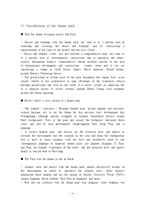
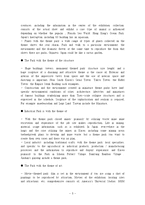
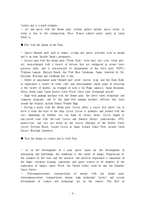

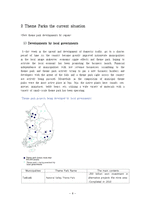
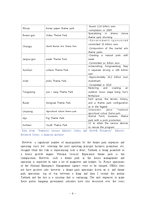

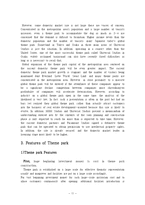

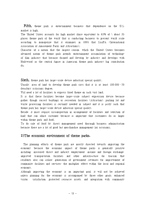
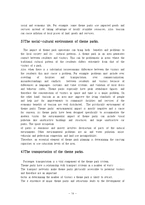
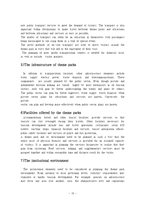
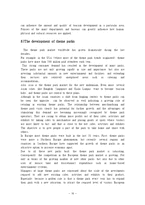
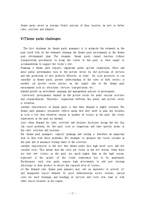
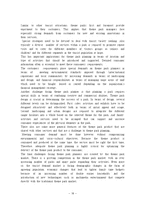
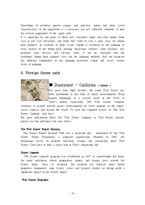
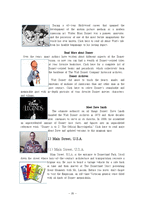
 분야
분야


